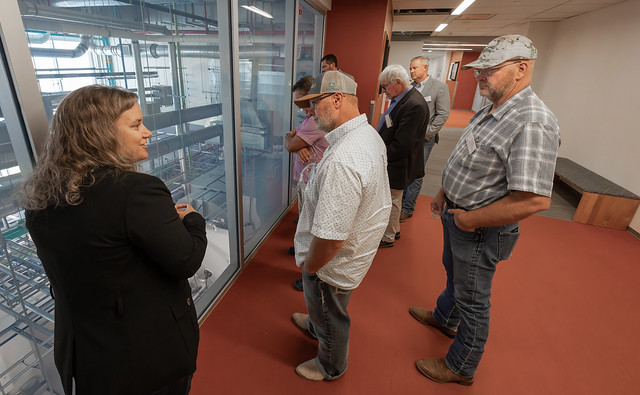Energy Storage System: Revolutionizing Renewable Energy
Manufacturing, Features, Advantages, lifepo4 rechargeable battery Usage Methods, How to Choose the Product and Conclusion.
Introduction:
In today’s rapidly advancing world, finding efficient ways to store energy has become imperative in order to support the increasing demand for renewable energy. The development of energy storage systems has been a game-changer in this aspect. This article explores the manufacturing process, features, advantages, usage methods, tips for choosing an appropriate system and concludes with its significance in revolutionizing renewable energy.
Manufacturing Process:
Energy storage systems are manufactured using advanced technologies that vary depending on their type. One popular type is flywheel energy storage (FES), which involves spinning a rotor at high speeds

within a vacuum chamber to store kinetic energy. Another prominent technology is electric energy storage (EES), where lithium-ion batteries or lifepo4 rechargeable batteries are used for converting electrical into chemical energy efficiently. These processes require precision engineering and quality control measures to ensure optimal performance.
Features:
1. Renewable Energy Storage: Energy st lithium battery orage systems enable efficient utilization of renewable sources like solar and wind power by storing excess electricity generated during peak production times.
2. Flywheel Energy Storage: FES utilizes rotational motion for storing kinetic energy while offering rapid response times and long cycle lives.
3. Power Storage System: Such systems can store significant amounts of power necessary for grid stabilization during periods of hig Energy storage system h demand or low supply.
4. Electric Energy Storage: EES provides scalability options suitable for various applications ranging from residential usage to supporting large-scale grids.
5. Energy Management System: Integrated with sophisticated software algorithms that optimize charging and discharging cycles based on user preferences as well as market conditions.
Advantages:
1. Reliability & Resilience:

With reliable backup power available on-demand due to stored excess electricity from renewable sources when needed most.
2.Portability & Convenience: Portable power stations facilitate remote locations’ access where conventional grid infrastructure is limited, making it ideal for outdoor activi Energy storage system ties, disaster situations or off-grid living.
3. Environmental-Friendly: Energy storage systems reduce reliance on fossil fuels by harnessing renewable energy and minimize greenhouse gas emissions during peak periods.
4. Cost-Savings: By sto portable power station ring excess electricity for later use, users can reduce energy bills and take advantage of lower tariffs when demand surges.
Usage Methods:
Energy storage systems have various applications across different sectors. At the residential level, these systems can be integrated with existing solar panels to store excess electricity generated during the day for nighttime usage or emergencies. In commercial settings, they ensure uninterrupted power supply during peak hours while optimizing cost savings through demand response program Flywheel energy storage s. Moreover, in remote areas without access to reliable grids, portable power stations have emerged as a convenient solution providing clean and sustainable energy.
How to Choose the Product:
Selecting an appropriate energy storage system requires careful consideration of several factors:
1. Capacity & Scalability: Determine your daily usage requirements and consider scalability options based on future needs.
2.Tech Compatibility: Ensure compatibility with existing equipment like solar panels or wind turbines.
3.Reliability & Durability: Evaluate product reviews and warranty terms to gauge reliabili Energy storage system ty and durability aspects.
4.Investment Return: Compare upfront costs against expected long-term savings from reduced utility bills and government incentives.
Conclusion:
The rapid evolution of technology has led us towards a more Renewable energy storage sustainable future with efficient utilization of renewable energy sources through reliable energy storage systems such as FES or EES. These systems not only allow us to maximize the potential of renewables but also offer significant advantages in terms of reliability, environmental im Power storage system pact mitigation, convenience, and cost-savings both at an individual level as well as in broader community-based applications. With continued advancements in manufacturing processes coupled with appropriate product selection criteria implementation by users worldwide will significantly contribute to achieving our global green goals swiftly.
